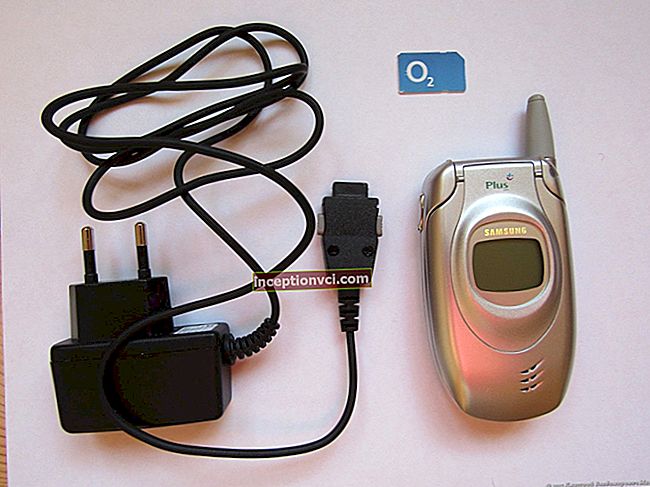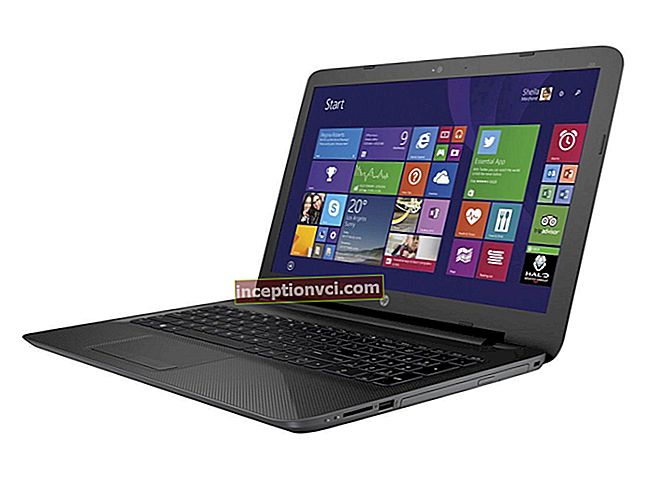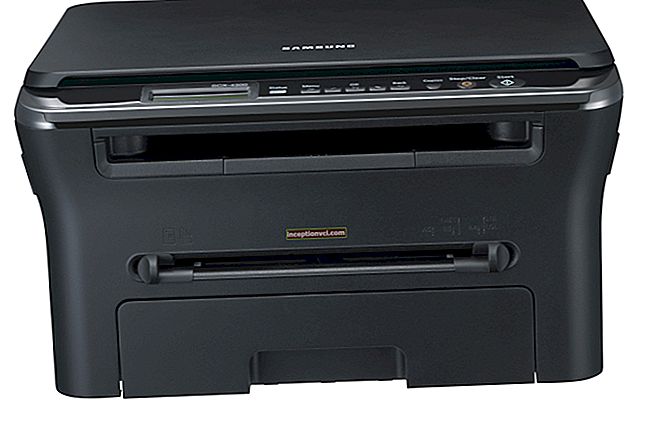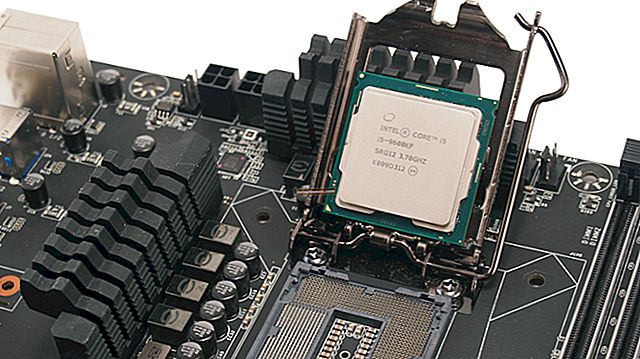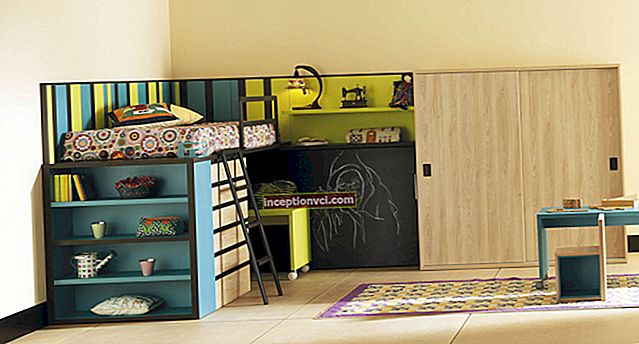The phrase "gaming case" is usually associated with an imposing tower like the Cooler Master HAF XM or the AeroCool XPredator Evil.
However, manufacturers are increasingly moving away from this stereotype. Indeed, many users do not need a spacious system unit, most of which will be empty. Therefore, relatively small-sized cases appear on the market, possessing all the attributes of a gaming system unit. An example is the Thermaltake Armor A30 case considered in this review.

Armor A30 is delivered in a dense cardboard box. It is quite large and has an increased width, reaching up to 35 centimeters. There is a plastic handle on the top. Long-term carrying of a wide package can be quite inconvenient, since the gross weight is 8.2 kg.
The packaging design corresponds to the general corporate style of Thermaltake, which has been used by the company lately. The main color of the sides is black, while the top and bottom are white. This contrast gives liveliness to the design, but the overall mood remains calm.
The sides of the package are replete with photographs of the case lying inside, it is presented in different angles, as well as in the open state.
On the front edge, next to Thermaltake Armor A30, a rider in metal armor is depicted, effectively appearing against a dark blue background. Obviously, this image should emphasize the power and reliability of the product.

The list of distinctive features of the corpus is repeated in three versions, and in many languages. Russian is also present. This information is primarily for advertising purposes. It is reported about a black-colored design stylized as an armor, a fan with a diameter of 23 centimeters, its smaller counterpart on the front panel, which is equipped with blue illumination, the presence of third-generation USB connectors and support for large video cards (up to 33 cm). But Thermaltake designers considered it unnecessary to list the technical features on the packaging.

The body is wrapped in a layer of polyethylene and is securely fixed between the foam dampers. Plastic windows are covered with an additional protective film.
For a representative of the Mini-Tower form factor, namely Thermaltake Armor A30 belongs to it, it has rather large dimensions. Case width 291 mm, height 266 mm, and depth 456 mm. The usable volume is close to that of a typical "mid-tower". It weighs almost seven kilograms, and without the power supply and other components.
The documentation is presented with a small instruction and a warranty certificate. The papers were folded into a separate plastic bag.

The second package lay inside the case. It contained a package consisting of a set of screw fasteners, several reusable plastic ties, a system speaker, and a pair of brackets. They are used to install two 2.5-inch drives. For mounting motherboards of the Micro-ATX form factor, a special stop is provided, thanks to which the loose corner of the motherboard will not dangle. This accessory is gray, all others are black, including the screws.
Thermaltake Armor A30's chopped front and top panels add to its massive appearance. The abundant perforation clearly hints at the excellent ventilation required by a powerful gaming system.

The front panel is almost entirely made of metal mesh. Visually, it can be divided into two parts: upper and lower.
Behind the top are compartments for external devices. The installation of two five-inch and one three-inch device is provided. The latter is installed vertically.
The lower one is decorated with the Thermaltake logo in white. There is a quick access panel in the lower left corner of the case.The set of front ports includes two USB ports, one of which is the third generation universal serial ports, one eSATA and two audio connectors. Thanks to a competent layout, connected devices will not interfere with each other. Each connector is clearly labeled.
On the opposite, right side, there are control buttons. The buttons do not differ in color from the rest of the black surface. But thanks to their shape and relief, they stand out clearly against the perforated background. The LED indicators for the power on and hard drive activity are hidden behind a grid, you notice them only after starting the computer.

The top panel layout is reminiscent of the Antec Nine Hundred. In both models, a large exhaust fan stands out, but the hero of our review has characteristic angular edges. The grille above the fan has rather shallow openings, which can negatively affect its performance and noise level.
The other perforations on the top panel are decorative. But on the side panels, they are quite functional. Transparent windows located on them allow you to admire the elements of the computer system and control the level of dust covering them.
Inspection of the rear panel makes it possible to assess the layout of the elements, which in Thermaltake Armor A30 is very different from the standard one. For example, the motherboard footprint is on the bottom of the case. A power supply hangs over it. As a result of this decision, it is impossible to use large processor coolers. Their height is limited to nine centimeters, so you can forget about the tower structures. In addition, the top fan is covered by the PSU chassis.

The rear panel has two seats for six-centimeter fans. This is not the best option in terms of comfort, since small turntables have a high rotational speed and are much more noisy than their larger counterparts.
The abundance of perforations did not touch only the bottom, which looks rather austere. Three stiffeners and large plastic legs stand out on it. Their lower part is covered with a layer of rubber, which reduces the level of vibrations transmitted to the floor.

Now you can proceed to inspect the interior space. We start disassembling the case. First you need to unscrew the thumb screws located on the back panel.
The first step is to dismantle the top cover.

Next, unscrew the six screws that secure the pallet. It slides back and can be removed together with the back cover. The removed pallet allows installation and various manipulations with the motherboard, but disassembly will have to continue to access the front compartment. If until now it was possible to unscrew the screws without a tool, then dismantling the power supply fasteners requires a screwdriver. This piece is also held in place by six screws.

After removing the bracket, we gain access to two baskets. One is for two hard drives, and the other is for a pair of 5 "and one 3" drives. To install them, the baskets must be removed. The procedure is relatively simple, the lower basket is fixed with one bolt and the upper one with two.
There is no need to completely disassemble the case for regular cleaning and other operations not related to the replacement of components. But the assembly of the system "from scratch" turned out to be more laborious than the classic "towers".
We assemble the body in reverse order. First, we install the hard drives and the drive located in the front of the case. Then you need to screw the motherboard to the pallet with the processor, cooler and expansion cards installed. The last in line is the power supply.

Let's dwell on some of the assembly features. Winchesters are attached to the basket using holes on the underside of their case. The scope of delivery includes special elongated screws that secure the hard drives through rubber pads.The upper disc is installed upside down.
There is about a centimeter of free space between the hard drives, which is blown through by the front fan.
A little more difficult to install a dvd drive. To do this, you need to remove the front panel, which is fixed with latches. The drive is screwed on with several screws, for work with which you need a screwdriver, preferably a magnetized one.
Having finished the installation of dvd-rom, you can put the basket with hard drives in place and proceed to the next stage of assembling the system. This will be the installation of the motherboard.
But before that, you should choose a suitable cooler for the processor. This task may not be the easiest one. As mentioned above, the permissible height of the cooling system is limited to nine centimeters, so that the required copy may not be in the nearest computer salon.
It turned out that the manufacturer indicated the dimensions of the cooler with some margin. In the user manual, the illustrations show the Thermaltake ISGC-400, which is about 95mm high (with fan). Of course, you should not completely ignore the recommendations, because the fan needs free space for air intake.
In our case, we used a Thermalright AXP-140 cooler, whose height is also 95 mm.
After installing the cooling system, you can screw the motherboard into place, connect all the connectors of the control elements and expansion boards necessary for operation. Since the case is gaming, the expansion card must be a powerful video card. The Armor A30 allows you to use graphics accelerators up to 33 cm in length. This space is more than enough for the vast majority of modern video cards, including the powerful GTX670 and GTX690 models.
The mounting plate of the video card, as in most small-sized cases, is taken out. This bracket has a special decorative strip that is screwed in with a knurled bolt.

The power supply must be connected to the mounting frame, and then all power connectors must be connected. After completing these steps, the power supply can be placed inside the system unit.
It's nice that Armor A30 has minimal restrictions on the length of the PSU. Even large pieces like Enermax REVOLUTION85 + can easily fit here. It is quite permissible to use models with a fixed set of cables. Unused wires are located at the front of the chassis and do not affect ventilation efficiency.
The issue with the dimensions of the cooler, which worried until the end of the assembly, was solved quite successfully. There are about two centimeters left between the processor fan and the power supply case. The fan of the cooler should be oriented towards blowing out, since this way it can work in tandem with the turntable of the power supply and efficiently remove heat. Otherwise, both fans, which are placed opposite each other, will interfere with each other. This will inevitably cause overheating of the components with all the ensuing consequences.

A rather important point, revealed during the assembly and subsequent testing, is the inexpediency of using a pair of dual-slot video cards in this case. While this is theoretically possible, in practice the devices will be so "gripped" that they will not be able to cool properly. The second video accelerator literally rests against the side panel of the case. It is located at window level, at a fairly significant distance from the ventilation perforation. Under such conditions, the efficiency of its cooling system will be reduced to critical limits. The chassis under test is suitable for configurations with one large card or two single-slot cards.
The assembly is completed by attaching the top fan and installing the cover.

You can go to the tests. The hottest items are the Intel Core i7 CPU and the Radeon HD 6870 graphics card. The storage drives are a pair of WD Caviar Black hard drives. The power source was Enermax REVOLUTION85 +.The CPU was overclocked in a moderate range, which provided an additional increase in temperature.
The utilities LinX, RealTemp, CPU-Z, TMonitor and SpeedFan were used in the tests. The well-known Fur Mark program and the MSI Afterburner package took part in the work with the video card. To warm up the hard drives, we copied several hundred gigabytes of files from one partition to another.
Let's start with the noise level. Its sources were the fans of the video card and the processor cooler, the front one with a diameter of 92 mm, the upper twenty-centimeter giant, a pair of small six-centimeter turntables and a power supply fan. Enermax REVOLUTION85 + has a quiet model with a diameter of 135 mm, so it did not have much effect on the measurements.
For the adequacy of the assessment, the results of Thermaltake Armor A30 are comparable to an open stand.

The noise level is quite satisfactory. The gaming configuration is usually not very quiet, as it consists of components with a lot of heat dissipation. Against their background, the ventilation of the system unit is hardly noticeable. The top wind blower proved to be the strongest. This is due to both its high rotational speed and the fine mesh through which the air flow passes. It is not worth slowing down this fan, as the temperature readings look less optimistic.
Problems arise with the cooling of the processor. Compared to an open stand, its temperature is eight degrees higher. The rest of the components are doing well. The temperatures of hard drives and video cards are even lower than when tested in an open bench. So the owners of Thermaltake Armor A30 will have to pay special attention to the choice of a cooler for the central processor.

Thermaltake Armor A30 is a really interesting case. For its form factor, it has good capabilities and is able to accommodate a powerful gaming configuration without any problems.
Its advantages include excellent workmanship, solid internal volume, modular design, support for 2.5-inch drives and the presence of a USB 3.0 port. The case attracts attention with its original design, which sharply distinguishes it from the background of other representatives of this form factor.
Not without its drawbacks. Poor internal layout makes assembly difficult and prevents the CPU from cooling. The bright fan illumination does not turn off. The top fan makes quite a lot of noise. In addition, dust protection can only partially cope with its task. Nevertheless, a competent approach makes it relatively easy to solve most of the problems and turn the Thermaltake Armor A30 into an excellent shell for a powerful computer system.


